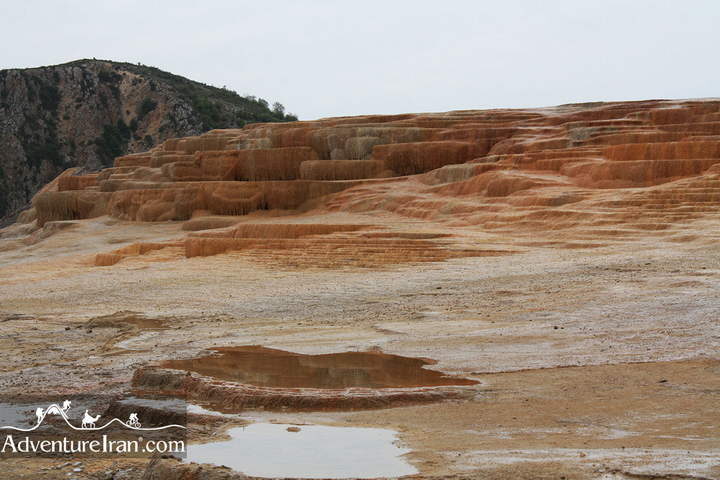Badab-e Surt Natural Springs in Iran
Consider a stepped spring, surrounded by wild trees and barberry bushes, where the color and fragrance of the water on each step is different from the previous one. Looking down from above the spring, you will see forests of coniferous trees. Isn’t that fascinating? If you haven’t guessed so far that we are talking about Badab-e Surt, you must read this article to the end to find out why this impressive and strange spring has been registered on the Iran National Heritage List. Mazandaran province in Iran is located between the magnificent Caspian Sea and the Alborz Mountain range. Due to its unique beauty and pleasant weather, this province hosts millions of Iranian and foreign tourists every year. Badab-e Surt Spring, Mazandaran province, is south of Sari city, and west of Orost village. It is considered to be one of the most breathtaking and unbelievable spectacles in the area. It is situated at a height of 1,841 meters above sea level. It is commonly assumed that the spring was formed during the Paleocene Era, simultaneously with the most recent folds in the Alborz Mountain range.
Badab is the Persian combination of two words; Bad means ‘gas’ and ab means ‘water’. So, Badab means ‘gassed water’ which implies that the spring water is actually carbonated mineral water.
Surt is a former name of the nearby Orost village. The Persian word means intensity. Badab-e Surt was created a few thousand years ago by a variety of stepped travertine terrace formations. Over the years, the running water from the two very warm mineral springs cooled and placed carbonate minerals on the mountainside.
The Badab-e Surt Spring in Iran is made up of two detached springs with thoroughly contrasting colored and scented water. The first spring has very saline water that gathers in a little natural basin.















Comments